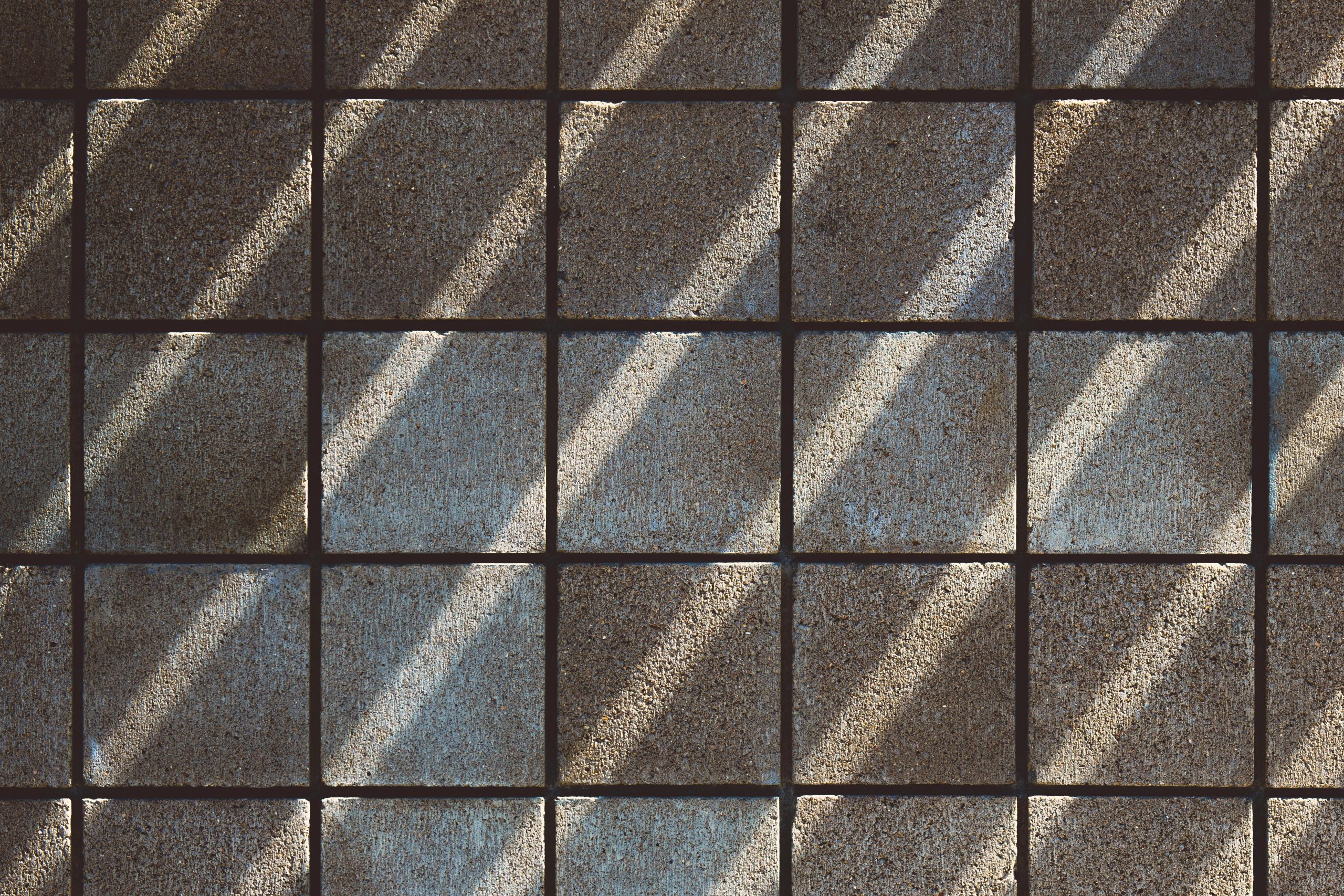One of the most common issues that many homeowners encounter in their home is raising tiles. Not only do you raise tiles pose a potential safety hazard. However they can take away from the overall aesthetics of your flooring. Whether the flooring is in your kitchen or your bathroom. Or you’re dealing with tiles that go through your hallway. Addressing this problem is important. The good news is that addressing it is quite straightforward.
With the right knowledge and techniques, you’ll be able to make sure that your tiles are looking good as new again. In this article, we’re going to take a look at the underlying causes of raised tiles. Furthermore give you some practical solutions for repairing them, empowering you to restore the integrity and beauty of your flooring by yourself.
Understanding the Causes of Raising Tiles
Before you can attempt to fix race tiles, it’s really important that you understand the underlying causes. There are so many different factors that can contribute to tiles becoming raised, and those include the following:
Moisture Infiltration
One of the most common causes of lifting tiles is moisture infiltration. This is very common in the areas of your home where high humidity or water exposure are common. Such as the bathroom or the kitchen. You might even find it common in the basement of your home.
If water seeps into the subfloor or the adhesive layer beneath the tiles, the bond between the tile and the subfloor weakens. This then causes tiles to become uneven and begin to lift. Moisture infiltration can occur due to leaks in plumbing fixtures. Moreover inadequate sealing around tiles, or improper waterproofing.
Subfloor Damage
Damage to the subfloor is another factor that can lead to lifting tiles. Sub floors that are uneven or have deteriorated overtime due to water damage, pest infestation, and even rot can cause raising tiles to become uneven.
Sub floors that are not properly prepared before the tiles have been installed are a problem that can contribute to raising tiles over time. Inspecting the subfloor for any signs of damage or deterioration can help to prevent any tiling issues.
Improper installation techniques
A common cause of raised tiles is improper installation. If your tiles have not been installed correctly, such as using an insufficient adhesive or failing to allow for proper expansion joints. They can become loose and that’s where you end up with lifting tiles.
It’s important to follow the manufacturers guidelines when you are installing tiles. Also use the correct type of grout and adhesive for your specific tile material.
use the correct type of grout and adhesive for your specific tile material.
Repairing Raised Tiles
It’s important to accurately diagnose the problem before you start trying to repair anything. This starts with a visual inspection of the raised tiles. To determine the extent of the damage and whether you can see why they have been raised in the first place.
Once you’ve figured out the reason for your lifting tiles, you can start to look at repairs. Below you’ll find our step-by-step handy guide to fixing your race tiles.
- Start by removing the raised tiles. Lift them using a putty knife or a similar tool, but be cautious not to damage the surrounding tiles or subfloor.
- Remove any adhesive residue. Cleaning the area from the back of the tiles and the subfloor using a scraper or adhesive remover will ensure that the area is clean and free of debris before you proceed.
- Add new adhesive. Using a trowel, apply a fresh coat of a tile adhesive to the back of the tile. Make sure that you spread the adhesive evenly to ensure a secure bond.
- Place the tile back to its position. Press the tile into place and press down firmly to ensure that it’s securely bonded to the adhesive.
- Don’t forget the grout. Once the adhesive has dried out, replace the grout around the tile to seal the edges and prevent any further water infiltration.
- Leave it alone. Once you’ve done the adhesive and the grouts, you need to give it time to cure. Don’t walk on the repaired area until you’ve given it time, but check your manufacturer’s guidelines to know how long you should wait.
In some cases, if the subfloor is damaged, you may need to reinforce it before you follow the above steps and replace the tiles. You can do this with a new layer of plywood or cement board, and once the subfloor is reinforced, you can replace the tiles using the same adhesive and grout.
Preventing Future Raising Tile Issues
To avoid all of this happening in the future, make sure that your tiles are installed correctly by a professional and keep your tiles dry and aware of water.
Contact TRIM

